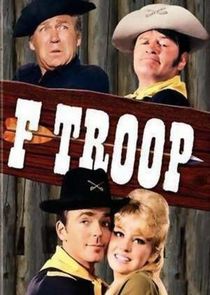William Lava, credited many times as Bill Lava, full name William Benjamin Lava, is a musical director that lived from 1911 to 1971 for nearly 60 years, with his career beginning in 1936. He worked in primarily two different genres of projects: Westerns, and Animation. Because of Westerns often having very dramatic musical scores, it resulted in his animated assignments to include dramatic and even suspenseful music. Being an Associate at Warner Brothers, he took over from the retired Carl W. Stalling, and the deceased Milt Franklyn mid project titled The Jet Cage. Occasionally other Looney Tunes and Merrie Melodies had scores that inspired Lava such as Hip-Hip-Hurry!, and continued to work on these entries under the orders of David H. DePatie. A particular example is To Beep Or Not To Beep.
Lava's time as Musical Director at Warner Brothers was very short lived, as within the same year the studio closed down. David H. DePatie and Friz Freleng decided to continue via subcontracting the animation, and in most entries from that moment onward had a severely downsized audio department. Regarding Road Runner again, the first entry was reused footage from a canceled television project Adventures Of The Road Runner featuring a fully fluent Wile E. Coyote as well as with music direction credited to Milt Franklyn. After that, they had made Run, Run, Sweet Road Runner which manifested a full orchestra, Rushing Roulette which contained an original score, and The Great Chase, which was a unique crossover costarring Sylvester and Speedy. All others contained generic music that hardly attempted to match the actions being made by the characters at the time.
DePatie and Freleng were able to find employment as the title sequence animators for the live action Pink Panther film series for many years. These movies contained music made by Henry Mancini and were able to make unrestricted animation sequences featuring an actual Pink Panther as a joke. This character, meant to be an antagonist, was spun off into numerous entries as a comic foil. Only 27 of these entries utilized original music, with Lava providing music for 19 of them, Walter Greene providing 7, and Doug Goodwin providing 1 (Extinct Pink). Bill Lava's music paid very close attention to detail, and used many different instruments that remixed Mancini's original theme. Walter Greene's music, while noticeably different from Lava's, also followed the actions. Doug Goodwin's cartoon resembled an animated entry that was made to follow the actions of the song itself. The remaining Pink Panther entries reused the music made from these 27, starting with Congratulations, It's Pink, with each subsequent entry being more haphazard. They continued to be like this for the next 65 entries until Therapeutic Pink, and beginning with Pink Pictures, introduced new music from Steve DePatie. This music, while being more action oriented, but otherwise the studio did not pay any more attention than the 65 earlier ones.
Bill Lava died in 1971, which also happened to be the same year that Westerns were planned to be slowly phased out.


